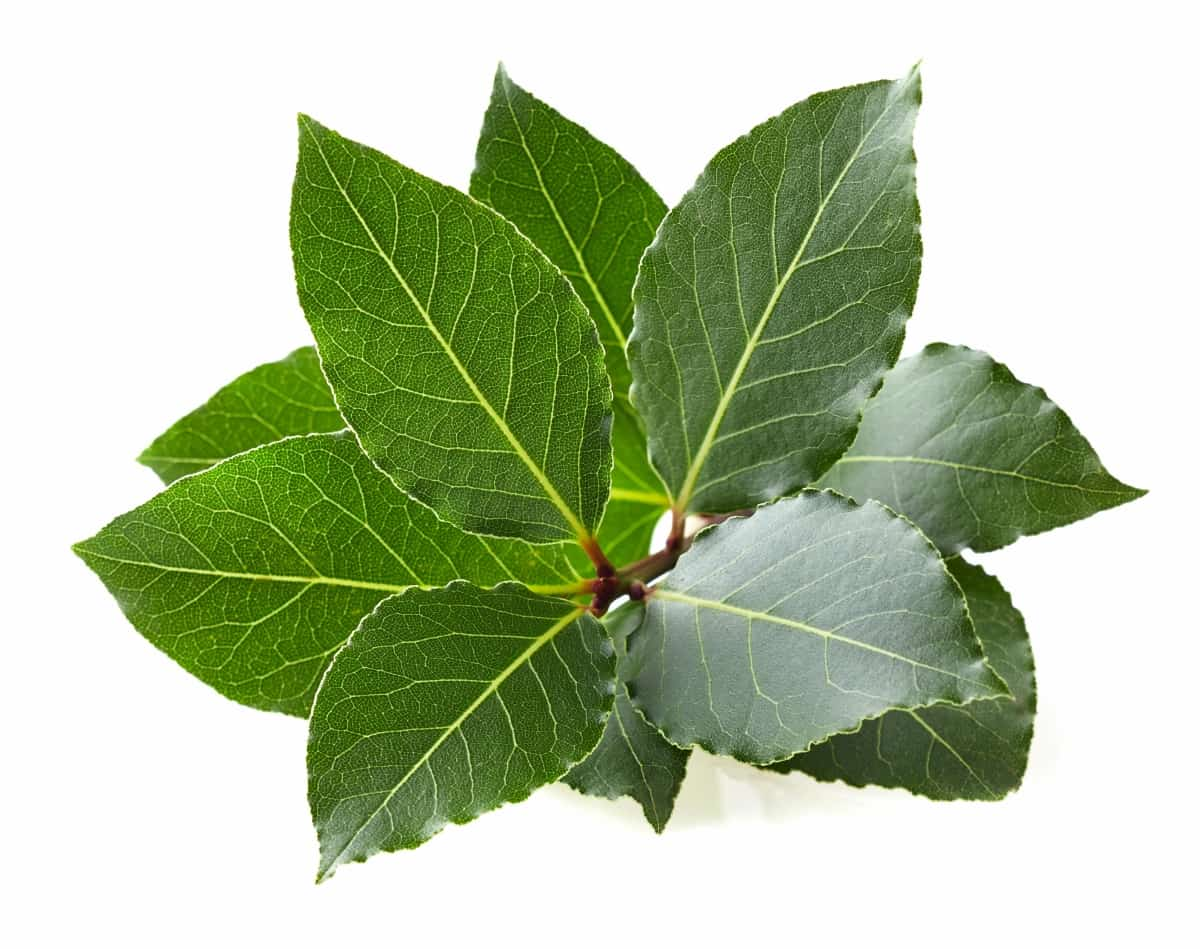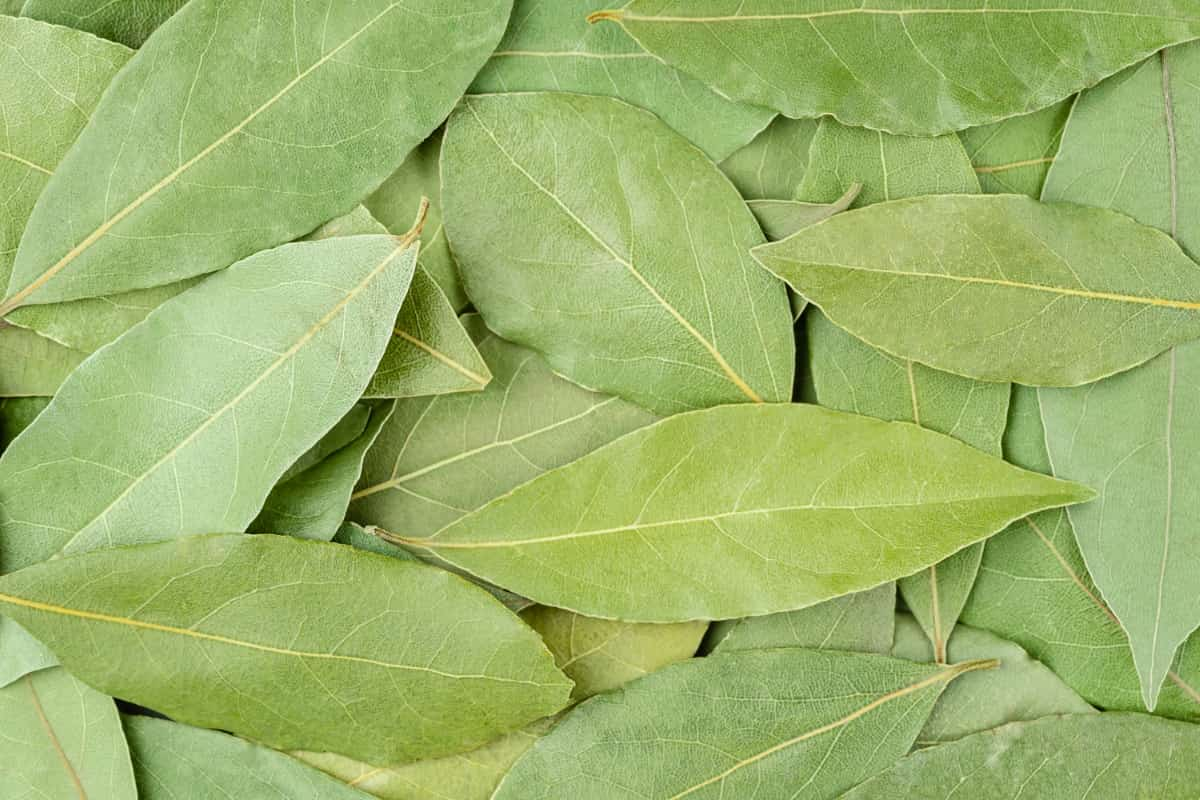Dying Bay Trees are a common problem faced by gardeners everywhere. Unfortunately, the causes of a dying Bay Tree can be numerous and difficult to pinpoint. To help you identify and remedy the issue, here are the nine most common causes of a dying Bay Tree and how to fix them.

9 Causes of Dying Bay Leaf Tree
Why is My Bay Tree Dying in Summer Heat, and How Can I Save It?
Bay trees are among the most popular spice trees. However, they are vulnerable to summer heat and can suffer from dehydration and sunburn if not properly cared for. When temperatures rise, bay trees require more frequent watering and careful monitoring to remain healthy.
- During the summer, the soil should be kept consistently moist. Use a soaker hose or else drip irrigation system to ensure water is delivered directly to the roots.
- If the tree is in a spot that gets direct sunlight all day, moving it to a more shaded area may be beneficial. You can also provide additional shade with a canopy or netting.
- Mulch your bay tree. Mulch around the tree’s base to retain moisture in the soil and keeps the roots cool and protected from the sun’s rays.
Preventing Bay Tree Death from Fungal Infections: Effective Remedies and Prevention Tips
Bay trees are often found in gardens and can be susceptible to various fungal infections. Some fungal infections affecting bay trees include powdery mildew, sooty mold, and root rot.
- Powdery mildew: To prevent this, it is important to keep the foliage of the bay tree dry and ensure that it is well-ventilated.
- Sooty mold: Sooty mold can be prevented by controlling the insect populations on the bay tree.
- Root rot: This can be prevented by ensuring the soil is well-draining, and the bay tree is not overwatered.
- To prevent fungal infections, it is important to keep the bay tree in a sunny location, prune away dead branches, and check the tree for any signs of infection. If any signs of infection are present, treating the infection with a fungicide as soon as possible is important.
Identifying Nutrient Deficiencies in Bay Trees and Remedies to Revive Them
A healthy bay tree has recognizable deep green leaves. If your bay tree’s leaves are turning light green or yellow, it could be a sign that you have a nutrient deficiency in the soil. The lack of nutrients like nitrogen and phosphorus can cause leaves to change colors and cause other tree problems, like wilting and dying. An imbalance of nutrients can also change the pH of the soil, causing further trouble.
The only way to know if this is the problem is to test your soil using a simple soil test kit. This will tell you if any of your nutrient levels, or the soil pH, is out of balance. If you lack a specific nutrient, you must add that nutrient to the soil. Doing this will often fix pH levels so that you can fix two problems in one. The best way to do this is to find a fertilizer rich in the nutrient your soil lacks.
How to Protect Bay Trees From Pests and Diseases to Prevent Decline and Death
Pests like spider mites, caterpillars, and aphids can feed on bay tree leaves, and this can cause them to wither and eventually die. Checking for these pesky critters on your bay tree is essential. If you spot any, remove them physically, or use pest control methods to eliminate them. Be careful when using pesticides because certain kinds can be harmful to all types of plants and animals.
Overwatering Issues in Bay Trees: Signs, Symptoms, and Steps to Rescue a Dying Tree”
One of the most common causes of a bay tree dying is overwatering. This often shows up as yellowing leaves; sometimes, they will be spotted before they become fully yellow. Sometimes, overwatering will lead to root rot. Root rot is hard to treat, so the best thing you can do is avoid overwatering your bay trees. And make sure they have well-draining soil.
In case you missed it: 9 Causes of Dying Cloves Trees and How to Fix Them?

To prevent your Bay tree from over-watering, check the soil before watering. If the soil’s top inch is dry, you have to water it; otherwise, you should wait another few days. If your bay tree is in a pot, you must have drainage holes and well-draining soil. Mixing organic matter such as farmyard manure or compost into the soil for trees in the ground will help it drain better.
Underwatering Issues in Bay Trees: Signs, Symptoms, and Steps to Rescue a Dying Tree
- Bay trees need to be watered regularly, especially during the summer when the weather is hot and dry, but your bay tree needs only enough water to stay moist and not soggy.
- Remember, a bay tree will not wilt when drying out. The leaves will turn their color to brown and fall off, which can signify that the tree may suffer from drought stress.
- If your bay tree is stressed from lack of water, try to give it a deep watering once a week. Make sure the soil is moist but should not be soggy again.
- Mist the Bay tree leaves with a spray bottle to help increase the humidity around the tree. And raise the pot so that natural drainage can happen.
Bay Tree Winter Damage/Dying: Protecting Trees from Frost and Cold Temperatures
Your bay tree may suffer frost damage if you live in an area with cold winters. When this occurs, the leaves on your bay tree can turn brown and drop off if exposed to temperatures below freezing. While we don’t want your bay tree to be exposed to temperatures below -5ºC frequently, it will generally survive for a short while if they are quite sheltered and close to a heated structure like your home. If you think your bay tree is suffering from frost damage, try to protect it from the cold by wrapping it in burlap, and when spring arrives, make sure to prune the frosted shoots.
Improper Pruning May Cause Bay Tree Death: Pruning Methods for Healthy Growth
Without a good understanding of how and when to prune a bay tree, it is easy to make mistakes that can hurt the tree. If a bay tree is pruned too early, the buds may not have enough time to harden off and become resistant to cold temperatures. If pruned too late, the tree may not have enough time to recover before the cold weather sets in. Pruners that are too blunt or sharp can tear or cut bark, which can cause the tree to become diseased.
You should avoid removing too much of the tree’s foliage, as this can cause the tree to become stressed. You should also avoid cutting too close to the trunk, which can damage the bark. Instead, aim to prune the branches to the desired shape, leaving enough foliage to keep the tree healthy. A sharp pruning saw or shears are often the best tools for pruning bay trees. Make sure to clean the tools regularly and avoid using them on other plants, or you may risk spreading the disease.
Reviving a Stressed Bay Tree: Rehabilitation Methods for Overall Recovery
- Common stress causes in bay trees include drought, root damage, nutrient deficiencies, and pest infestations. Once the underlying cause is determined, steps can be taken to address the issue.
- Ensure the tree is receiving adequate water and nutrients. Watering should be done regularly, and fertilizer can be applied to supplement any nutrient deficiencies.
- If an infestation occurs, use an appropriate pesticide to eliminate the pests.
- When a bay tree is stressed, providing it with additional pruning and trimming is also beneficial.
- Finally, it is important to give the tree ample time to recover. During this process, provide the tree with plenty of sunshine and water, and check on it regularly to ensure it is recovering properly.
In case you missed it: 9 Causes of Dying Black Pepper Vines and How to Fix Them?

Conclusion
By understanding the causes of a dying Bay Tree, take steps to prevent it from happening. With some effort and knowledge, you can save your Bay Tree and enjoy its bountiful harvest for many years.
- Feed Your Flock for Less: Top 10 Tips to Save on Chicken Feed
- Ultimate Guide to Ossabaw Island Hog: Breeding, Raising, Diet, and Care
- Hatching Answers: The Top 10 Reasons Your Chickens Aren’t Laying Eggs
- Eggs and Economics: Breaking Down the Cost of Raising Backyard Chickens
- Defend Your Greens: Proven Methods to Keep Iguanas Out of Your Garden
- Ultimate Guide to Cinnamon Queen Chicken: A Comprehensive Guide for Beginners
- Ultimate Guide to California Tan Chicken: Breeding, Raising, Diet, Egg-Production and Care
- Ultimate Guide to Marsh Daisy Chicken: Breeding, Raising, Diet, and Care
- 10 Types of Chicken Farming Businesses You Can Start for Profits